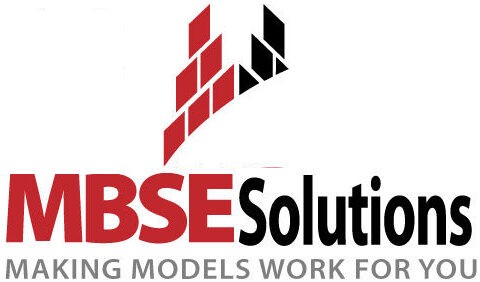An Introduction to MBCD 
The notion of Model Based Conceptual Design (MBCD) has been growing among systems engineers and the industries they serve, and for good reason. The ever-increasing complexity of our systems has led to a virtually impossible task of fulfilling equally complex and specific customer demands. Thus there is an emerging trend in model-based systems engineering (MBSE) to include in the design or model the actual needs and desires of the customer.
Say, for example, an aerospace company is requisitioned to design a spacecraft. Specifications say the spacecraft must fit into so many square meters of space, must have a specific amount of power consumption, and a whole list of other requirements. Perhaps that same company should simply be required to design a spacecraft that does X visualization, and Y recording, period. In other words, the specification should only involve what the customer actually needs. The size of the craft should be left up to the systems engineer to fit within a certain constraint and not told that the craft must be a certain size. Without MBCD there are often too many requirements placed on the design of the system with out understanding why the requirement exists.
Just Do It!
With MBCD, the engineer can model the project scope, including customer needs, that link to systems goals and have measurable objectives. In addition, ground rules, assumptions, constraints, and customer expectations can all be documented. Systems engineers should do MBCD before the mandated requirements because it focuses on the concept alone, and answers the question “why am I doing this project in the first place?”
The principle behind conceptual design is that it allows the systems engineer to draw, to think, and to freehand without being inhibited by requirements. Requirements are very constraining in that they must be reviewed by committees, every change is subject to board member approval, and customers must agree to them. In essence, requirements are contractual whereas concepts are fluid. Later on, the engineer can come up with constraints, and define the system based on the contract. Doing this does not eliminate the need for requirements. Instead, it gives a set of rules that will apply to an item.
Requirements are Becoming the System
In this country, system engineering originated out of government entities and other organizations specifying a set of very high-level concepts. A corporate request went something like, “we need an airplane that will go this fast” or “we need a bomb that will deliver 4.18 x 1015 joules.” In turn, engineers were obligated to put these ideas into genuine designs. They would come up with the whole concept, and go and build the thing. Then they would go back to the company and ask “is this what you need?”
Since the late 70s engineers are being told “these are the problems we’ve had in the past, here are the things we are looking for, and here are the things we want . . . so that we don’t have the same issues in the future, let’s just make all of these requirements.” We need to go back to the original way of engineering when agencies merely asked “can you build an engine that has X amount of thrust?”
My point is that requirements are driving too much. They are becoming the system, the analysis, and everything else, and not allowing any creativity to develop that might exist. Except for good mentors who can steer them otherwise, we are becoming a country equipped with engineers who re-create instead of create. Anyone can read a set of requirements and deliver a product, but where is the ingenuity in that? Do they care why the requirement exists? Are we really doing engineering anymore if we are only asking the question – how did we do it before?
Model Based Conceptual Design (MBCD) In The Real World
The (SESA) Systems Engineering Society of Australia is developing a standardized definition of MBCD based on the INCOSE handbook. There is a team, here in the US, who are also driving these efforts in conjunction with INCOSE. As a result, we now have specific system engineering concepts from companies who are requiring them. MBSE Solutions is working with multiple companies, independent of the INCOSE organization, on what is necessary in the concept phase. We are analyzing what needs to be captured, and how. Our recommended approach can be used for all major modeling brands in the marketplace.
Minimally, these are just set of profiles that have the language to support MBCD concepts. However, we have created plug-ins to help the systems engineer enter information into the modeling elements. We have also created entry forms and reports to simplify data entry. If you would like more information on this, please see my presentation on MBCD sharks with lasers on their heads.
PTC offers drawing tools, Creo 2D, along with SysML as one set of things, which is a huge advantage. The drawing tool also feeds into 3D CAD modeling, so that the model-based systems design is the entire suite of tools. This includes SysML, together with Creo 2D, plus Creo 3D. Creo 2D is free, and it incorporates with PTC Integrity Modeler, because MBSE Solutions has enabled the integration. You can now draw what you want, and then see that image inside the model. In addition, we offer plug-ins from MagicDraw and Rhapsody to help users enter data into these elements.
If you are interested, please contact me so I can help you install the plug-ins in your environment.
Presentation given at INCOSE GLRC.

